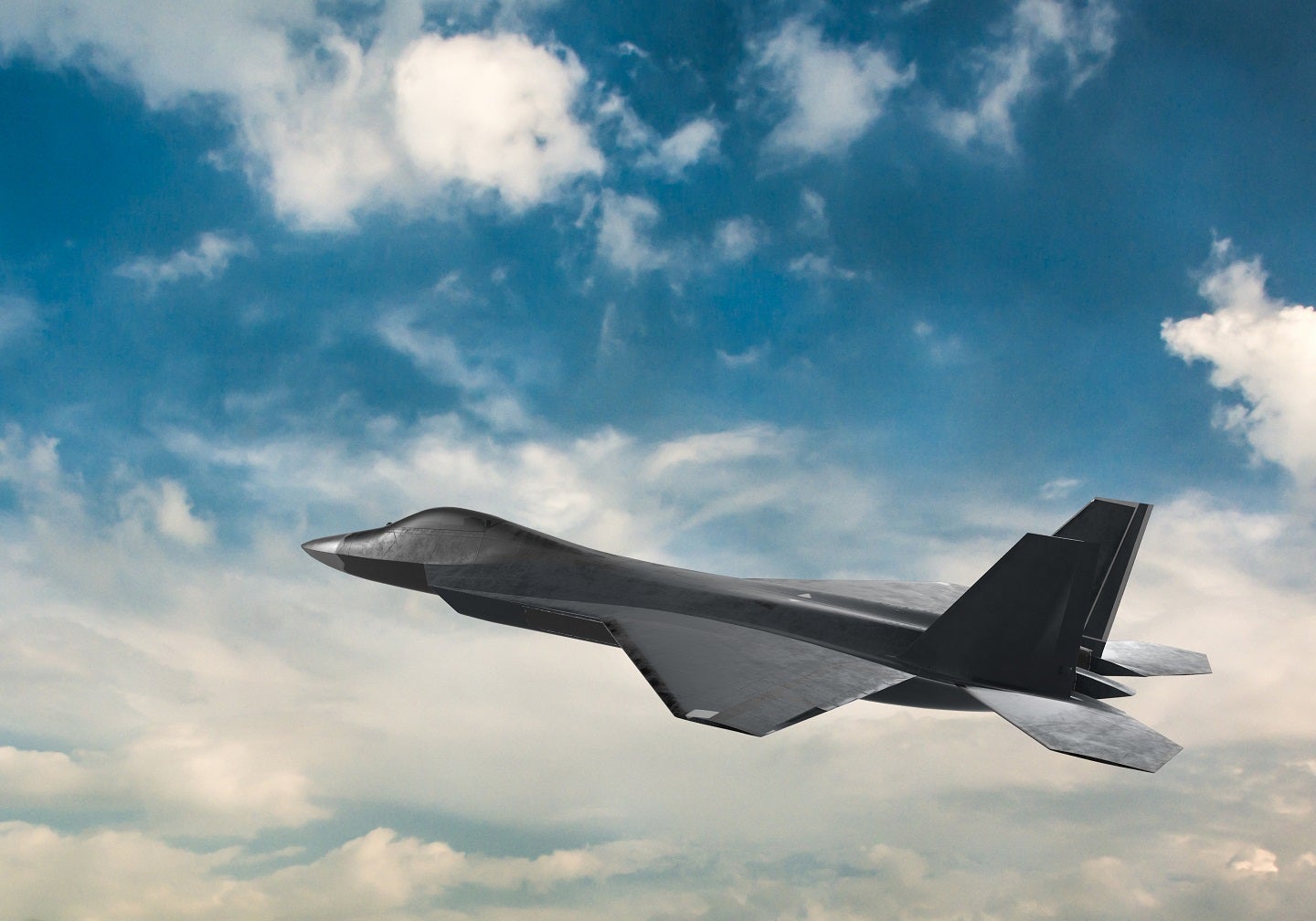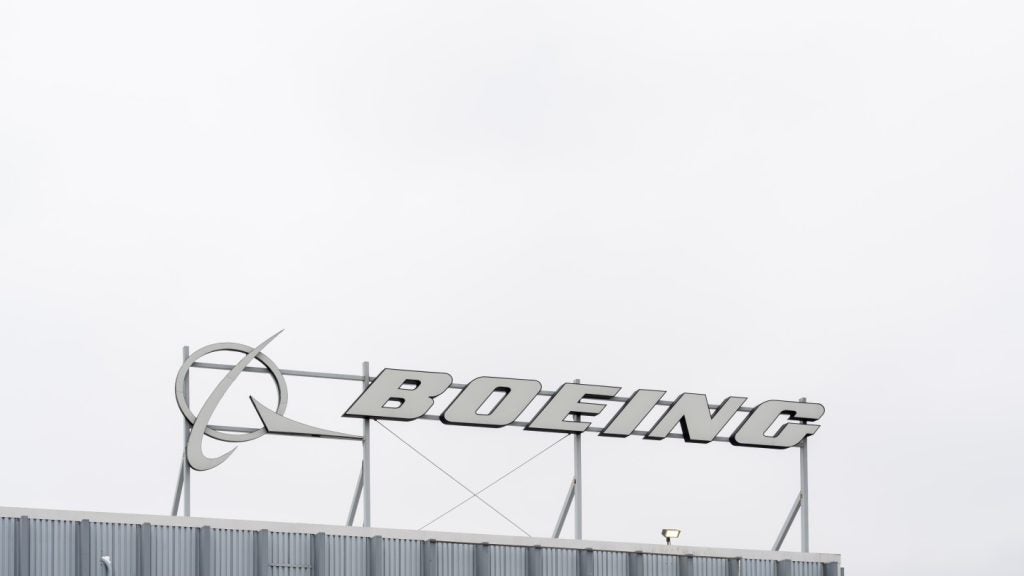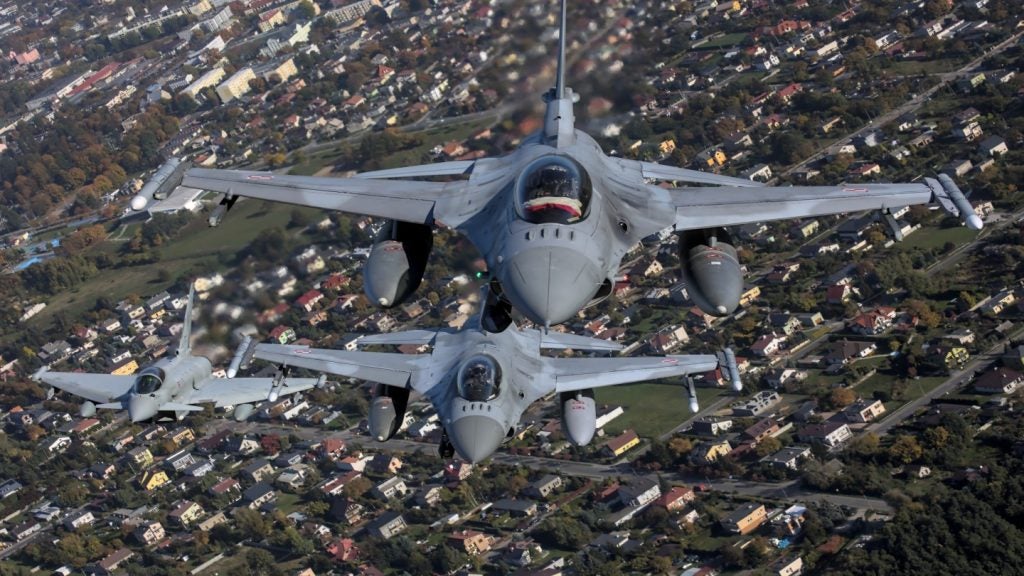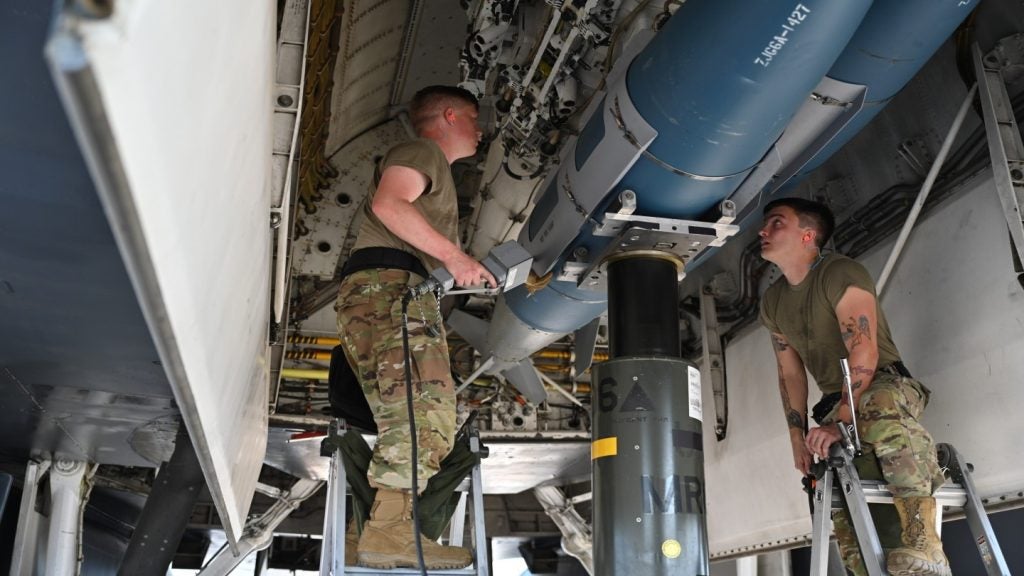
With geopolitical tensions reverberating, many countries are keen to develop their domestic defence industries so that they can benefit from a reliable industrial base come what may. Turkey has been committed to this goal more than most, having stating its desire to achieve domestic involvement in 75% of all defence procurement programmes by 2023.
Since then the Turkish government has seen some growth in their ambitions in this area, but has also been wrestling with inflation and a mounting national debt crisis which threatens to impede its progress, according to GlobalData. A strong export offering in the defence sector will go some way to alleviating its financial strain.
The Australian approach
Similarly, like Turkey and many other countries, Australia is also implementing measures to shore up their domestic defence industry. GlobalData considers that Australia is motivated by its barrier to exporting, where there is significant distance to overseas markets and relatively high exchange rates. Bolstering up their domestic industry will help resolve this predicament in the same way as Turkey.
However, the difference between the two countries is that Turkey does not lean on the US in the same way that Australia does. Australia is a critical ally of the US in the Asia-Pacific region, now more than ever as the geopolitical divide deepens in the South China Sea area. To secure the region, and to deter the People’s Republic of China (PRC) – whom Australia have historically relied upon for trade, which GlobalData noted last year was worth 35% of its exports – Australia has moved ever more closer to the US as a defence provider and partner.
For example, the US has most recently committed to supply its ally with conventionally-armed, nuclear-powered submarine capability through the AUKUS agreement. As well as this, Australia has been very involved as an industrial partner on the Joint Strike Fighter Programme (JSFP) with its wide-ranging development of the fifth-generation F-35 fighter jet, which is quickly becoming the standard stealth fighter across NATO member fleets.
Turkey’s combat aircraft
Unlike Australia, and many other countries, Turkey has not rooted itself into the JSFP by adopting or cooperating with the production of F-35 fighters. Instead, it is quickly becoming an outlier as Turkey seek to launch its new combat aircraft, the TF-X (or MMU), which is intended to replace its current legacy fleet of F-16 aircraft.
How well do you really know your competitors?
Access the most comprehensive Company Profiles on the market, powered by GlobalData. Save hours of research. Gain competitive edge.

Thank you!
Your download email will arrive shortly
Not ready to buy yet? Download a free sample
We are confident about the unique quality of our Company Profiles. However, we want you to make the most beneficial decision for your business, so we offer a free sample that you can download by submitting the below form
By GlobalDataNot only does Turkey seek to indigenise completely, but the country was kicked off the JSFP by the US because it had acquired the Russian S-400. As well as this, they reject Lockheed Martin’s fourth-generation F-16 programme with fifth-generation upgrades for enhanced capability to operate well into the 2060’s.
GlobalData forecast Turkish investment in its TF-X fighter jet, which is expected to fly by the end of 2023, to register a compound annual growth rate of 8.8%, increasing from $344m in 2023 to $802m in 2033. With regimes like Russia’s or the PRC threatening the international liberal order, Turkey’s wayward approach lacks integration, and could be construed as conflicting with the greater efforts of military compatibility and coordination in the face of growing hostilities.







